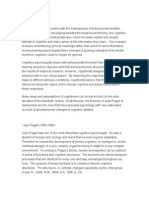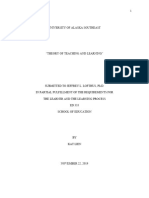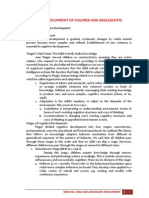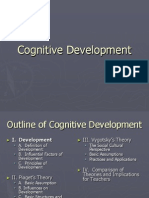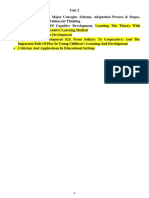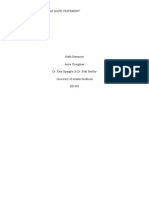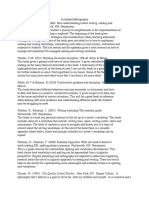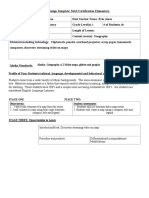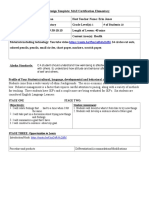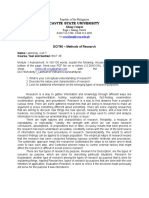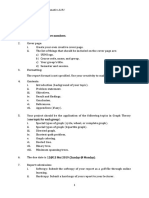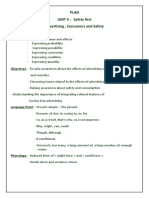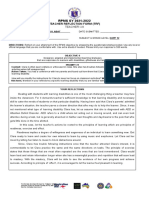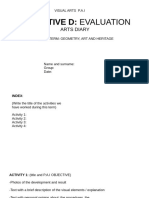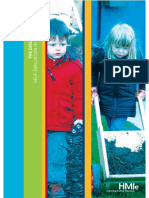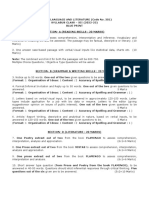0% found this document useful (0 votes)
80 views5 pagesDevelopment
This document discusses creating an ideal classroom environment that addresses large developmental gaps in students entering kindergarten. It argues that using a combination of constructivist and behaviorist theories can help diminish these gaps. Specifically, it proposes using constructivist methods like student-centered learning to promote engagement, while also employing behaviorist strategies like positive reinforcement to help students focus on foundational skills. The document maintains that this balanced approach can help students from diverse backgrounds succeed according to their developmental readiness.
Uploaded by
api-317160684Copyright
© © All Rights Reserved
We take content rights seriously. If you suspect this is your content, claim it here.
Available Formats
Download as PDF, TXT or read online on Scribd
0% found this document useful (0 votes)
80 views5 pagesDevelopment
This document discusses creating an ideal classroom environment that addresses large developmental gaps in students entering kindergarten. It argues that using a combination of constructivist and behaviorist theories can help diminish these gaps. Specifically, it proposes using constructivist methods like student-centered learning to promote engagement, while also employing behaviorist strategies like positive reinforcement to help students focus on foundational skills. The document maintains that this balanced approach can help students from diverse backgrounds succeed according to their developmental readiness.
Uploaded by
api-317160684Copyright
© © All Rights Reserved
We take content rights seriously. If you suspect this is your content, claim it here.
Available Formats
Download as PDF, TXT or read online on Scribd
/ 5



